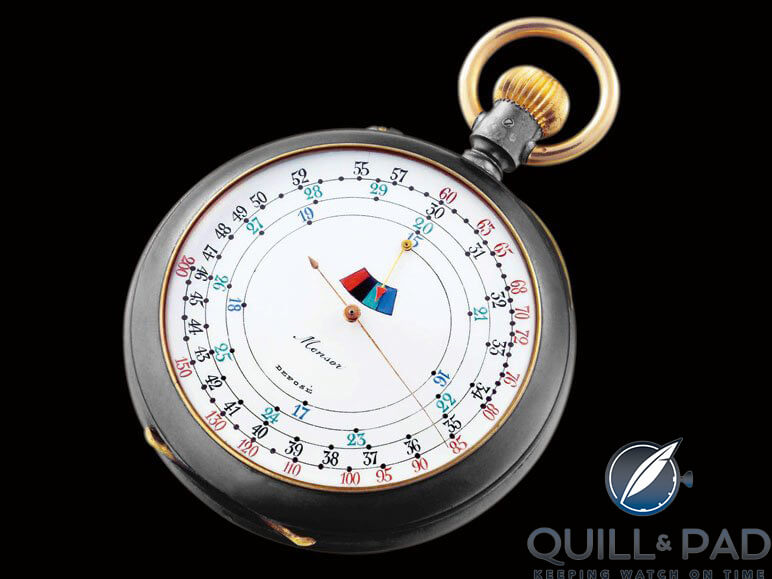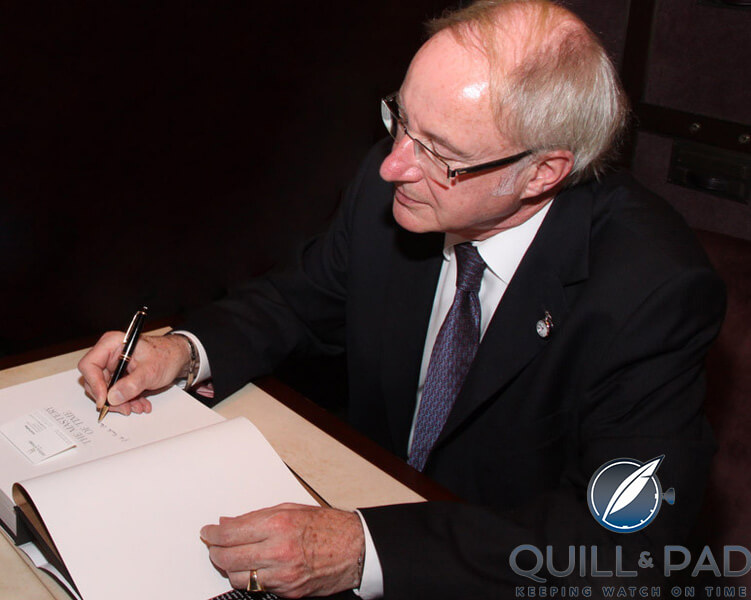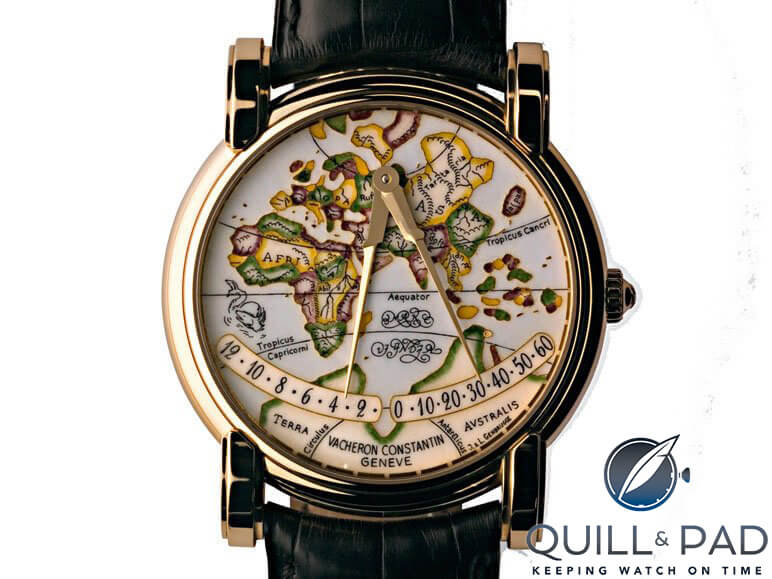I have known historian Dominique Fléchon for a while now. We have both been on the steering committee and cultural council of the Fondation de la Haute Horlogerie (FHH) for several years, and we have shared time on the jury of the Grand Prix d’Horlogerie de Genève.
Fléchon, who has worked for the Richemont Group since 1994 and the FHH since 2006, is a quiet achiever. If you have visited watch fairs and seen various exhibitions organized by the FHH, you have more than likely seen work he has curated but didn’t know it.
Thus, it should not come as a huge surprise that Fléchon would author such a comprehensive book on the history of watchmaking as The Mastery of Time.
This is a detailed oeuvre tracing the steps of how mankind “captured” time, and it proudly explains why horology can be viewed as a cultural good.
Watchmaking: a tie between luxury and culture
Likely the most comprehensive historical watch book ever written, this 456-page tome on the history of watchmaking almost reads like a story – an entertaining historical novel imparting myriad culture.
The Mastery of Time’s prologue was written by Franco Cologni, founder of the FHH, which sponsored the creation of this ponderous reference work. In it, Cologni explains that watchmaking is “a tie between luxury and culture.”

From ‘The Mastery of Time’: a magnetic dial for latitude mounted on a compass, approx. 18th century (photo Dominique Cohas)
As is this book “a tie between luxury and culture”: the interesting illustrations, comprising a mix of images ranging from current horological masterpieces to vintage snapshots and artistic photos make the book a visual treat all by themselves.
Fléchon begins his treatise with a look at the development of astronomy in ancient cultures, which is absolutely the right place to start, though less comprehensive books do not necessarily include this.
Building on what must have been years of research, and one of many examples throughout the book of the author’s thoroughness, Fléchon describes the earliest known sites used for astrology, astronomy, and crude timekeeping.

From ‘The Mastery of Time’: a 55 mm chronographic double-faced pocket watch signed Alfred Dunhill, France, approx. 1910 (photo Dominique Cohas)
Fluidly, the book moves on to explain the progression of sundials, water clocks, hourglasses, and early solutions to telling time at night or during cloudy weather.
Passing through the invention of gear wheels (some 1,800 years before the first mechanical clocks came into being) and the Julian and Islamic calendars, Fléchon informs us that Arabian astronomy was mainly developed to calculate the start of Ramadan.

From ‘The Mastery of Time’: a double-faced artillery pocket watch with curvimeter and compass in a silver case, approx. 1914 (photo Dominique Cohas)
In fact, as he often points out in the first two (of a total of six) sections entitled “Horology, a Child of Astronomy” and “From Clock to Watch,” religion was an important catalyst for the overall development of watchmaking.
Modern timekeeping
The real birth of modern timekeeping occurred in medieval Europe, which Fléchon points out on page 107: “The true mechanical clock emerged only after a long period of experimenting with the measurement of time required by monastic life in the Christian Western world.”

Dominique Fléchon signing a copy of ‘The Mastery Of Time’ at the book’s launch in 2011 (image courtesy FHH)
Section 2 follows the transformation from clock to watch (fourteenth through sixteenth centuries), while the third section, “Achieving Precision,” takes a closer look at the progression of the pendulum and escapement. It additionally looks at the implementation of the equation of time, as well as the question of longitude and the appearance of the second hand from the sixteenth through the eighteenth centuries.
Section 4, entitled “During the Industrial Revolution,” explores clock- and watchmaking in the New World, the Black Forest, and even the keyless era. Chronographs, chronometers, world time (thanks to increased travel), and fashion – which includes wearing time on the wrist or other parts of the body – all make an appearance.

From ‘The Mastery of Time’: the Vacheron Constantin Mercator wristwatch produced in 1994 in honor of cartographer G. Mercator, 36 mm, automatic movement (photo Dominique Cohas)
Wristwatches and quartz timing from 1920 through 2000 constitute the fifth section, which begins by explaining the profound influence that aviation has had on the subject. Naturally, the Swatch watch takes up four full pages, a worthy homage to this important chapter in watchmaking’s modern history.
The final section, “Precious and Technical Fine Watchmaking” takes a look at the last twelve years of the luxury industry, a moving era that focuses on the mechanical watch as an art form, including tourbillons. “The favorable context for the return of the mechanical watch was reinforced by the fact that certain connoisseurs and aesthetes loudly rejected the industrialized watch . . . they saw the electronic module as having no design or character and no potential for arousing emotion.”

From ‘The Mastery of Time’: the Vacheron Constantin Tour de l’Ile from 2005, a double-sided wristwatch with 16 complications commemorating the Genevan brand’s 250th anniversary (photo Dominique Cohas)
Though Fléchon wrote this masterpiece in his native French, the English translation flows as if it were freshly written. Obviously, no expense was spared for good copyediting, a luxury in publishing today.
This lavish hardback book comes highly recommended for both casual and expert levels of interest, thanks in great part to an extensive fourteen-page glossary of terms.
To see live interviews with Fléchon on this subject, you have a choice of three Watches TV videos: A History of Time, SIHH 2012 Interview With Dominique Fléchon, Watch Historian, and Mastery of Time Exhibition at SIHH 2013.
The Mastery of Time makes for the perfect gift for the horophile in your life and is available to order online at Watchprint or Amazon.
Quick Facts
Author: Dominique Fléchon
Publisher: Flammarion
Book style: 230 x 275 mm, hardcover, comes in a slip box
Year of publication: 2011
Number of pages: 456, including 400 color illustrations
ISBN: 978-2-08-020080-8
Languages available: English, French, Italian
Price: $100 / € 79 / 99 CHF



Trackbacks & Pingbacks
[…] Quill & Pad: The Mastery of Time by Dominique Fléchon […]
Leave a Reply
Want to join the discussion?Feel free to contribute!